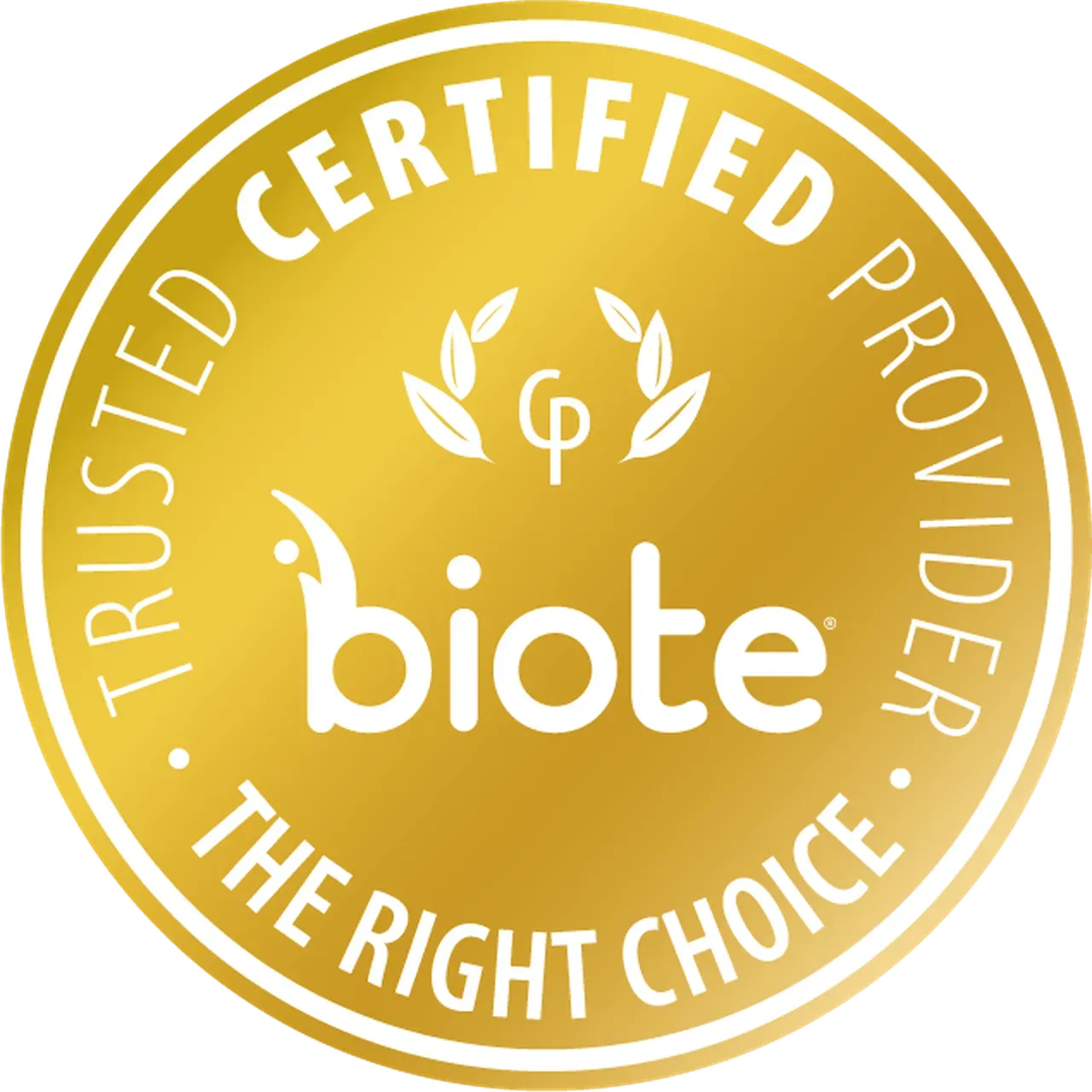Hormones are chemical messengers produced naturally in our bodies. Hormones are vital to mood regulation, digestion, metabolism, cardiovascular and reproductive health.
Types of Hormones
This month, let’s dive a little deeper into two of the most talked about hormones; estrogen and testosterone.
Estrogen: Estrogen has a major role in the development and maintenance of normal sexual and reproductive function. Estrogen has biological and protective effects in the cardiovascular, musculoskeletal, immune, and central nervous systems. Estrogen helps reduce the risk of heart disease, protects the nerves in our brains and helps protect our bones from osteoporosis.
Both men and women produce estrogen! Women produce estrogen in their ovaries, adrenal glands and fat cells. Estrogen helps regulate the menstrual cycle, has effects on the reproductive tract, the urinary tract, the heart and blood vessels, bones, breasts, skin, hair, mucous membranes, pelvic muscles, and the brain.
Men produce estrogen in their brains, fat tissue, skin tissue and bones. Specifically as it relates to men’s reproductive health, estrogen definitely has an impact on sex drive, erection function and the ability to produce sperm.
Testosterone: Testosterone is not a male-exclusive hormone; women produce testosterone too! Men produce testosterone in their testicles and adrenal glands. Women produce testosterone in our ovaries and adrenal glands. Testosterone helps with bone density, fat distribution and muscle strength. It plays an important role in normal brain function, such as mood, sex drive and mental clarity. Testosterone can help improve fat loss, increase muscle mass, boost mood, and decrease anxiety.
Testosterone levels begin to decline in our 30’s. As testosterone levels drop, we tend to see low sex drive, reduced bone strength, brain fog, depression, weight gain and low energy.
What to do?
We don’t have to settle for declining quality life! We can test for hormone imbalance and optimize our hormones with bio-identical hormone pellets using the BioTe method. Learn more about the BioTe method today!



